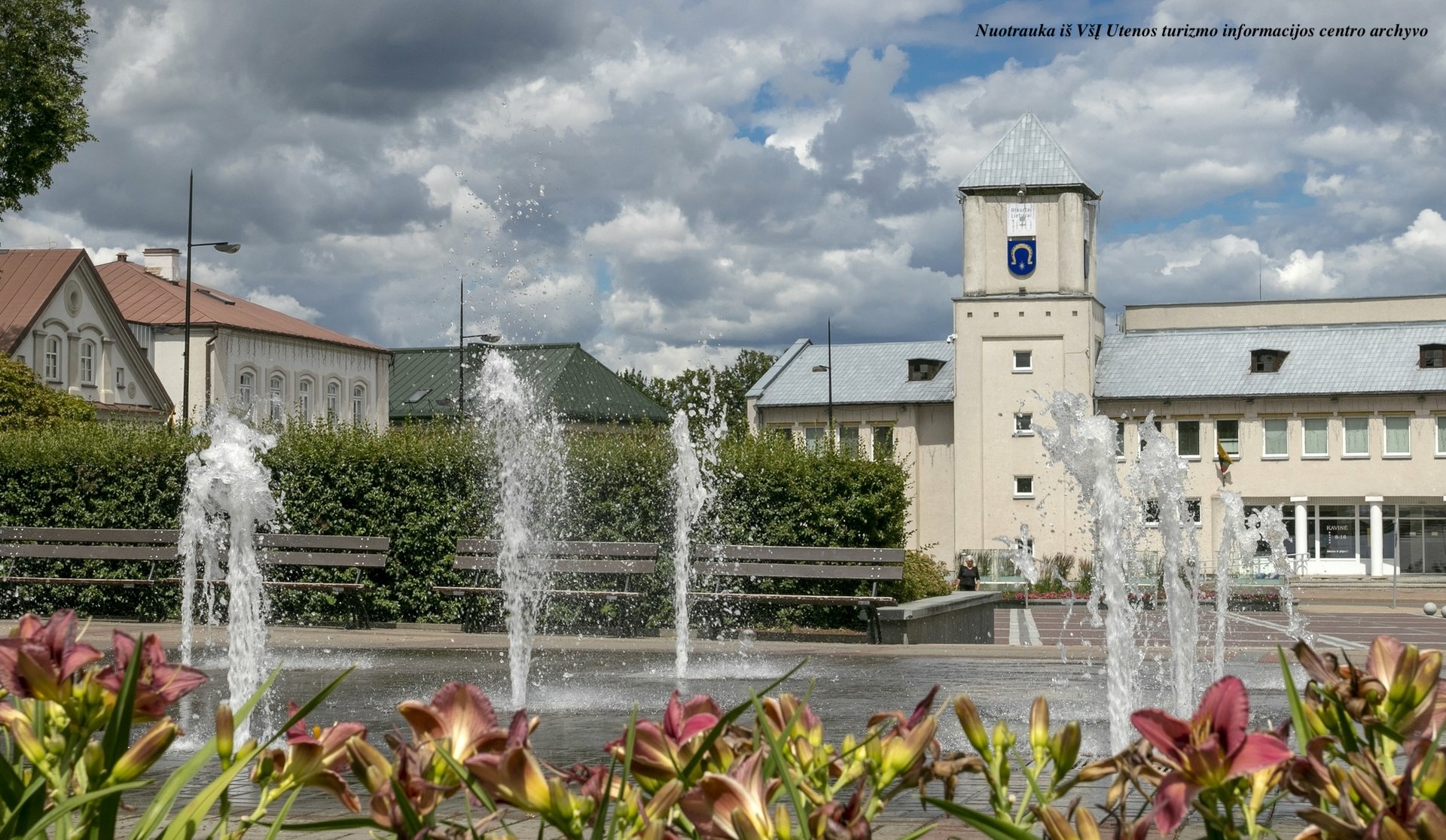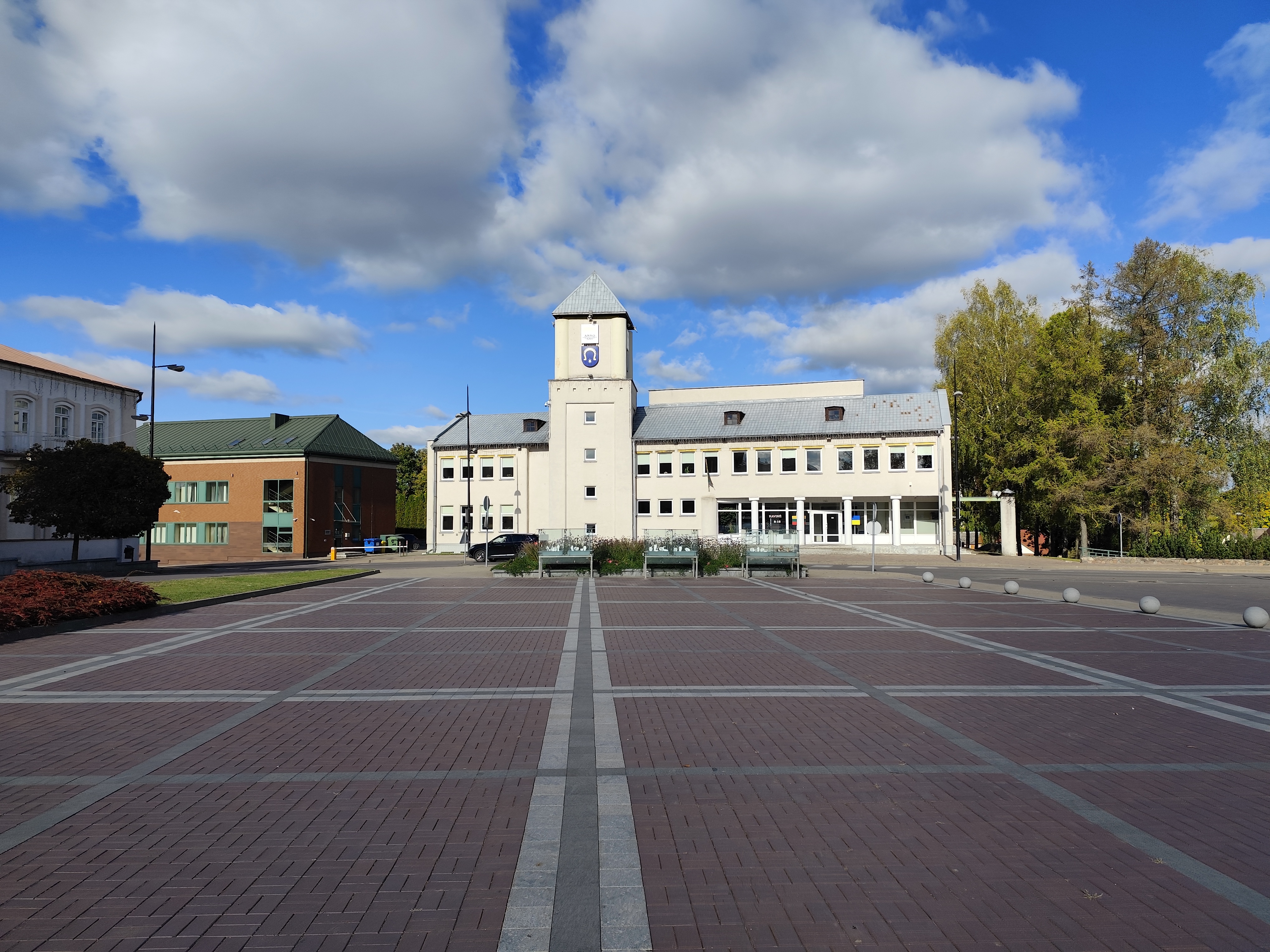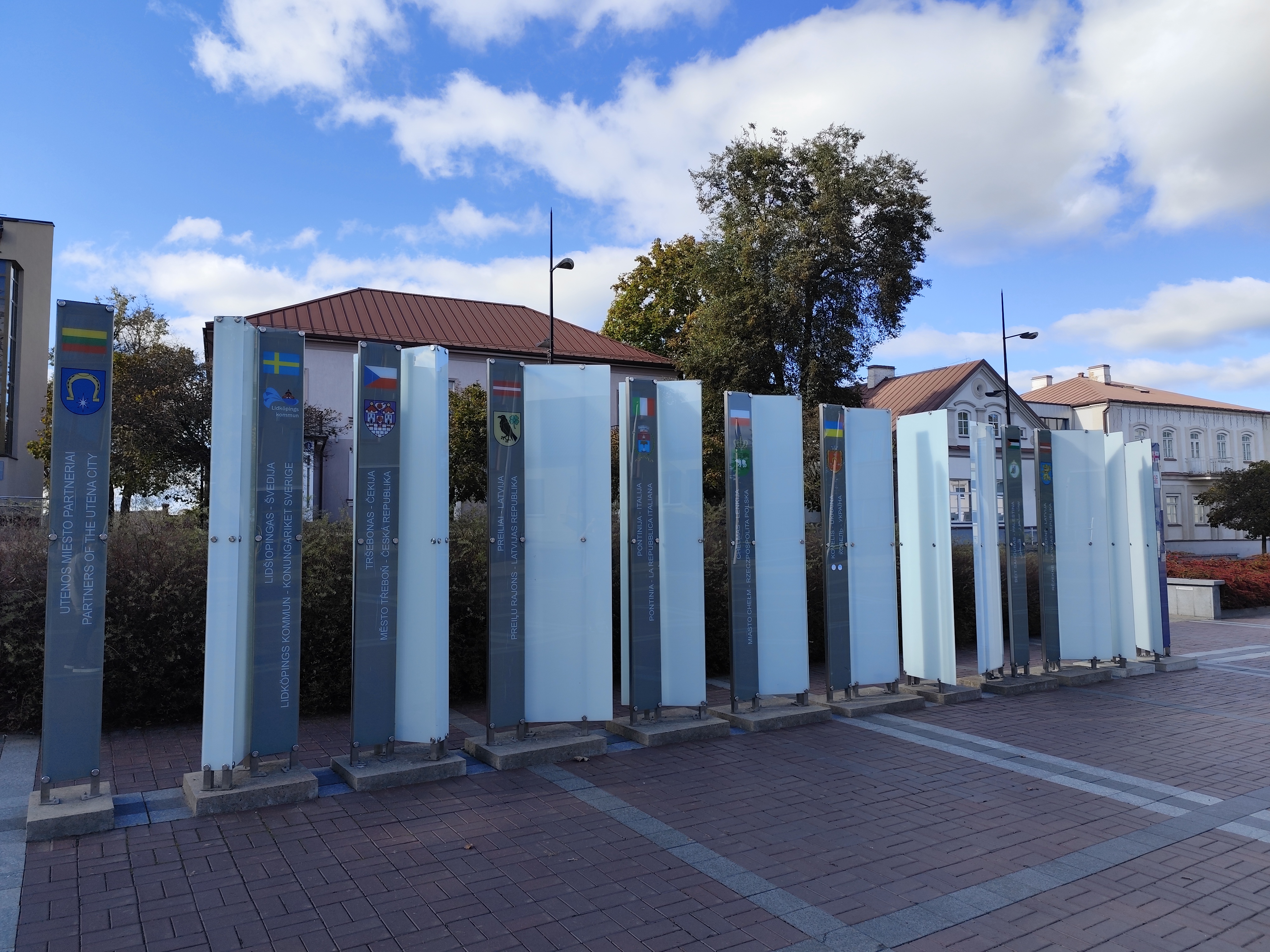Utenis Square

256

1

0
0 out of 5
(0 reviews)
The fires of 1879 and 1890, along with World War II, severely damaged the old town of Utena, but history remains alive in Utenis Square, which recalls the past market and the life of the local community. In this square, during the interwar period, stood brick buildings owned by R. Kabas, which housed the county police station, a bank, shops, and a cafeteria. Unfortunately, these buildings were destroyed during World War II.
Info
-

Architecture
-
Utena
-


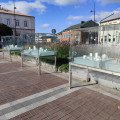

+1
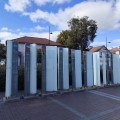
The fires of 1879 and 1890, along with World War II, severely damaged the old town of Utena, but history remains alive in Utenis Square, which recalls the past market and the life of the local community. In this square, during the interwar period, stood brick buildings owned by R. Kabas, which housed the county police station, a bank, shops, and a cafeteria. Unfortunately, these buildings were destroyed during World War II.
In the past, Utenis Square was a center for both cultural and commercial activities. E. Goldfain's house housed an electrical and mechanics office, while the nearby building was a pharmacy. Today, these buildings house the Utena Local History Museum, preserving the city's past. Another important building belonged to S. Šternas, which housed the Agricultural Bank and the county pharmacy. Now, the building
serves as the Utena District Municipality administration office.
Although the square has changed significantly today, it remains a place for important city events and gatherings. It features a glowing and dancing fountain, a glass gallery, benches, and flowerbeds, while monuments commemorating significant historical dates, such as the restoration of independence on March 11 and the partisan struggles, adorn the square.
The modern Utenis Square is not only a witness to historical events but also a symbolic place where important institutions for the city, such as the Utena Local History Museum, play a crucial role in nurturing Utena's heritage. Plaques on the facade of the municipality building commemorate the signatory of the Act of Independence, Steponas Kairys, and the restoration of the first municipality in Utena.
Found a mistake?
Report

 Entertainment
Entertainment
 Food establishments
Food establishments





























 55.496014, 25.601695
55.496014, 25.601695
 Get directions
Get directions









